Kanvinde was born in 1916 in a small village on the Konkan coast. Raised in a joint family in the village. Kanvinde had the calling of a painter and did enroll in an art school but the family decided that architecture would be a better profession for him. He entered the Architecture Department at Sir J.J. School of Art in 1935 then headed by Claude Batley, who was also the premier architect of the country. He passed out in 1941. 1943, he joined the newly formed Council for Scientific and Industrial Research as architect. Achyut Kanvinde attended Harvard Graduate school of Design in 1945. In ‘47 appointed as the Chief Architect of CSIR. Formed Kanvinde and Rai in 1955.
However neither in the international architectural discourse nor in the standard 20th century architectural historiographic literature have they been even mentioned.
INFLUENCES
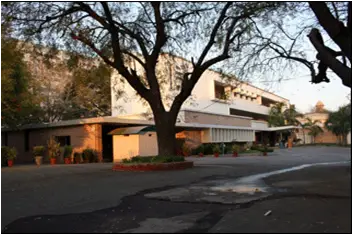
Physical Research Laboratory, Ahmedabad
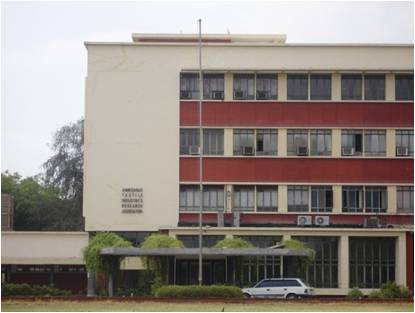
Ahmedabad Textiles Industries Research Association
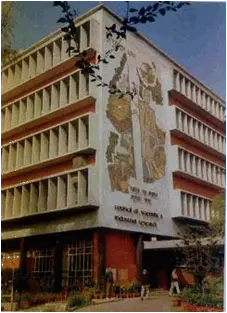
Council of Scientific and Industrial Research
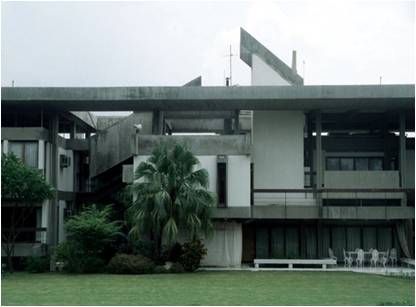
Harivallabdas House, Ahemdabad
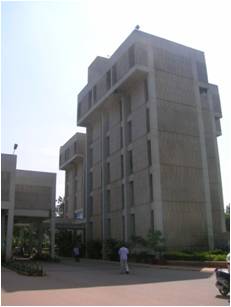
Gandhi Krishi Vigyan Kendra Bangalore (1965)
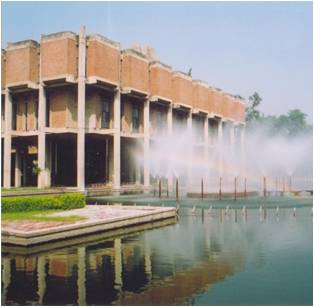
IIT Kanpur Campus (1966)
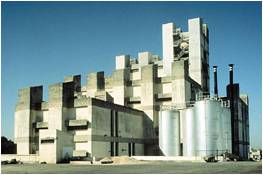
Doodhsagar Dairy ,Mehsana (National Dairy Development Board) (1973)
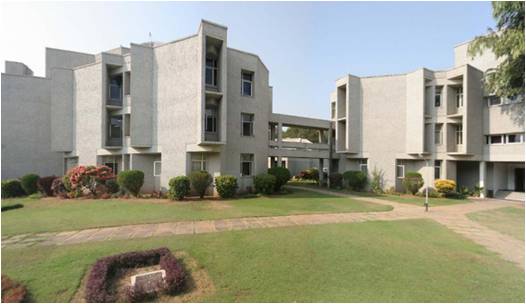
Institute of Rural Management, Anand (1979)
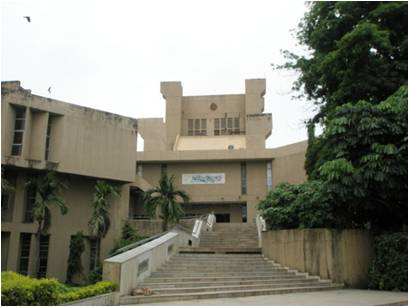
Nehru Science Center, Mumbai (1985)
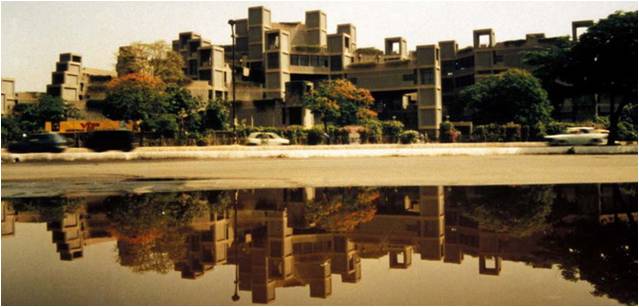
National Science Center, New Delhi (1991)
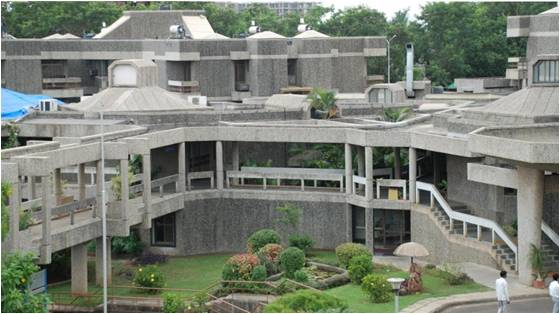
National Insurance Academy, Pune (1992)
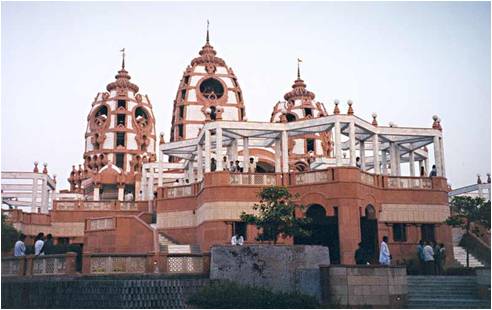
ISKCON Temple, East of Kailash, Delhi (1998)
LIFETIME ACHIEVEMENTS
Awarded Padma Shree in 1976.
President IIA (1974-75)
Co-Authored book “Campus Design in India”.
IIA’s Babu Rao Mhatre Gold Medal for life time achievement in 1985
Great Masters Award from JK Industries Ltd. in 1993.
Was also a part of the jury on the competition for the Indira Gandhi National Center for Arts, along with B.V. Doshi.
- similar facades.
- Horizontal, clean volumes,
- aesthetically pleasing proportions of fenestration.
- Ribbon windows.
- A grid frame structure- unexposed, and plastered exterior finish.
Followed by an experimental phase- in the course of the next five years he designed:
Harivallabdas House (ii) IIT Kanpur (iii) Doodhsagar Dairy
Each appears to be an exploration in a distinctly new direction. The Harivallabdas House has been taken up in detail later on. The Doodhsagar dairy is monstrous, raw, and probably one of the first outbursts of what can be called Kanvinde’s brutalism. The form is very rough, and blocky. He has always been described to be modest and approachable, and always has preferred to keep a low profile. This building presents a stark contrast to his character.
Quoting Doshi, speaking of the period (1950-60) “It was a time when everyday something new was being created and India was just coming to terms with its newly-acquired independent status. Kanvinde gave full rein to his innate creativity in such a charged environment”.
Though there is thus a clear agreement about his early works, there is no accepted view on whether his later works were an evolution of the Modern view or a new approach.
We believe that although he questioned the basic values of modernism early on, his major work speaks of his adaptation of the modernist/ brutalist style.
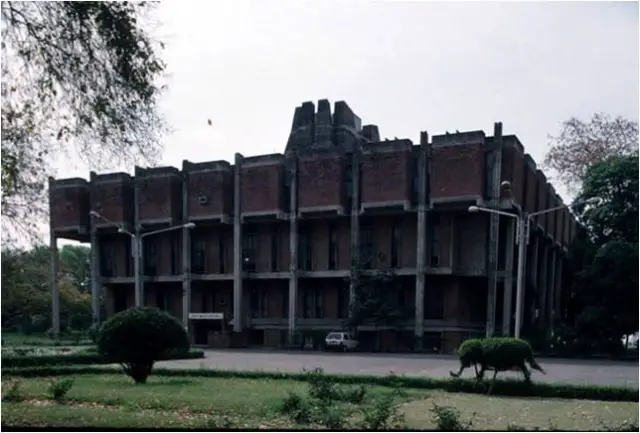
In Kanpur, the local availability of high quality brick and the prevalent labour and construction practices made Kanvinde go for reinforced concrete for structural frames and brick as infills .
Guided though he was by ‘pragmatics’ of construction, Kanvinde made an ‘aesthetic’ use of the two materials, while on the other hand Kahn, guided by ‘expressive’ motives had ultimately used the two materials to show the ‘rationality’ and ‘logic’ of organisation and order, an ‘intellectual’ and ‘pragmatic’ result.
Another facet of Indian Architecture, which is ironical in the way it transforms building concepts, is the labour intensive building industry.
Vikram Sarabhai was an important person in Nehru’s group of ‘nation builders’.
He was named the Director of the new research facility in Ahmedabad, the PRL.
With his wife Mallika, a renowned exponent of classical dances he had even started Darpana, an institution of the performing arts.
During the construction of PRL, he met Kanvinde and became a close friend.
Kanvinde resigned from his job in 1955 to found his practice with Rai. Sarabhai and others ensured a steady flow of works. The first buildings from this association were Darpana Dance School, at Ahmedabad, 1962 and Hariballabhdas House, at Ahmedabad, 1968 .
With Mallika and Dr. Sarabhai, Kanvinde gradually developed a common vision of architectural profession in the young nation tied with the other arts and humanities.
Kanvinde observed that “Our architectural expression is in a most confused state as there is neither clear thinking nor definite ideology…the architects who are confronted with problems peculiar to modern functional design have to, at the same time, create an architectural expression that would reflect the present-day culture of India”.
The relation with Sarabhai having so deepened; Kanvinde was now being consulted on various matters.
Dr. Sarabhai died in 1971.
Between 1947 to 1971, Dr. Sarabhai was responsible for creating more than 25 institutions in various fields and Kanvinde was intimately involved with shaping most of those.
The fact that Kanvinde earned the confidence and respect of such men reveals as much about the architect as about the patrons.
National Science Center, New Delhi, India (1991)
Situated in the vicinity of old monuments of Delhi providing a new fabric to the city and at the same time feeling of the ancient building.
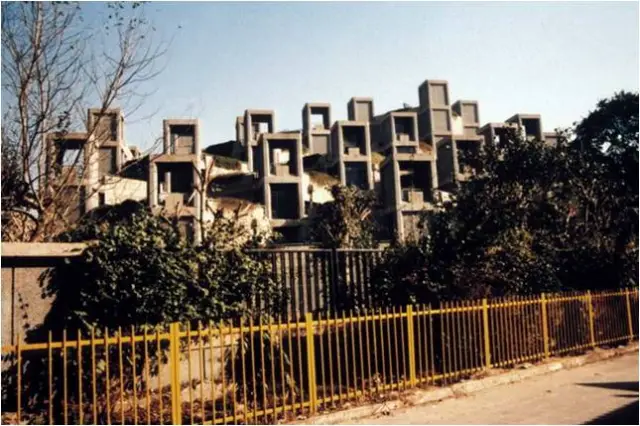
A set of vertical volumes that rise gradually- this buildings is visually appealing, and unimposing. It has a large grand flight of steps on its entrance.
The skylights- which are the dominant highlight of the design are a common repeating element in many of his works- such as the Doodhsagar Dairy, and the Nehru Science Center, Mumbai.
The building seems to have a simple & efficiently designed structural system, and a functional approach in its layout.
The building accommodates a complex of workshops, library, lecture halls and observatory.
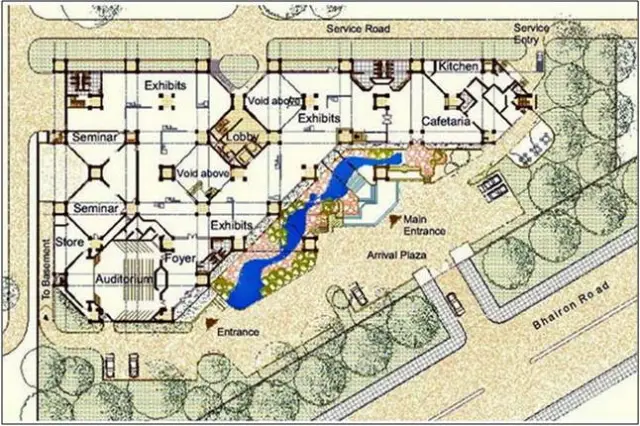
Site Location- Bhairon Road, Adjacent Pragati Maidan, New Delhi.
Site Area- 7000m2
Materials Used: RCC frame, brick infill plastered in a fine stone grit finish.
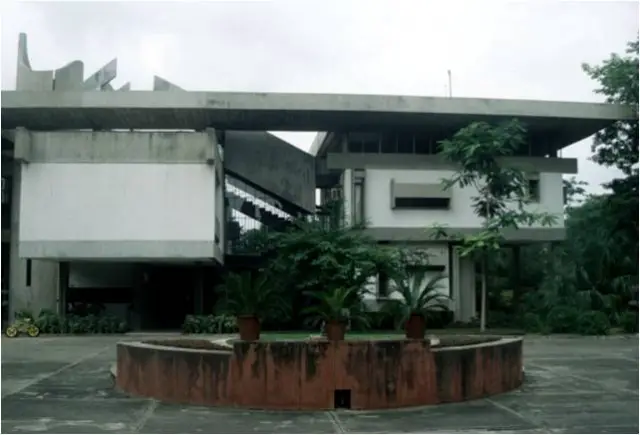
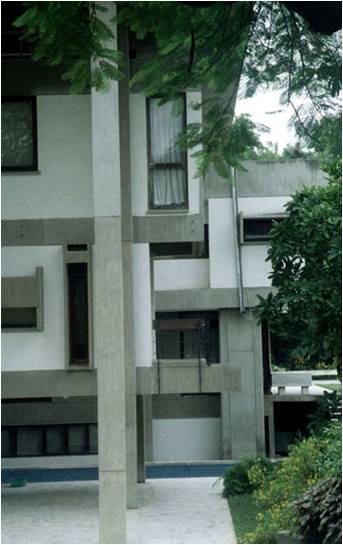

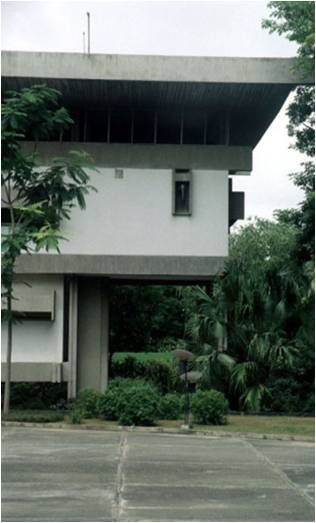
Distinct living modules are arranged under a sweeping parasol and sensitively sited in a garden setting. We can clearly understand the internal functions of this building by observing it from the outside- as they appear as separate masses. These are arranged in ways that are functional from inside and elegant from outside.
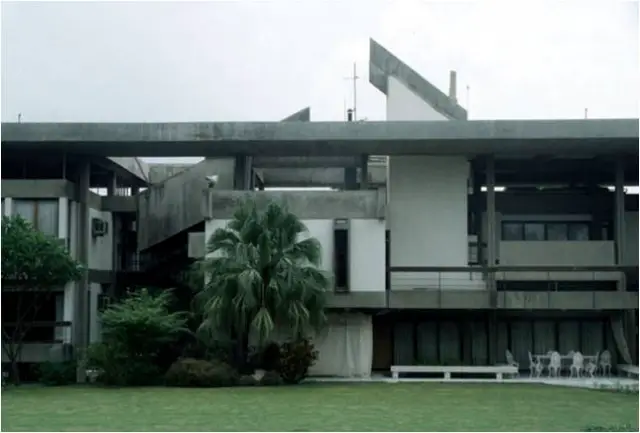
Site Location- Ahemdabad.
Site Area- 1200m2
Materials Used: RCC frame, brick and grit finish.
Analysis:
- Visual appeal- due to its divided massing, their proportions and horizontality.
- Modern for its time- built in 1964.
- Exposed circulation spaces
- Dull neutral colors used, like in most of his other works.
OUR OPINION
Based on observations on his work, we can say that despite most of them being distinctive, they are all very similar. They appear to be built with a large amount of thought having been given to making them functionally efficient and practically feasible. This coupled with his humble character might be the reason for his work to not have received the same attention. His works are generally raw and unemotional.
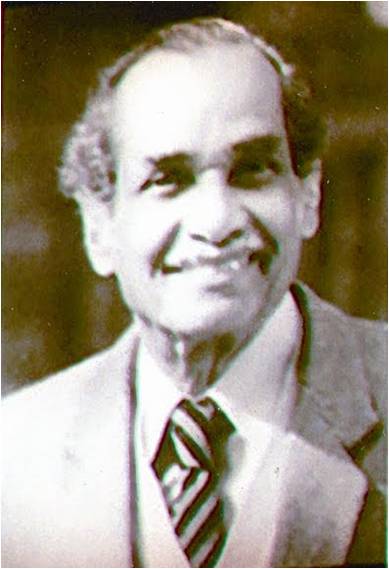
For the time they were built, his buildings might have been highly inspirational, and emotional. Another factor which is likely to have been responsible for the nature of his work is the amount of commissions that he received. The large amount of work on his hands could have been the reason for the works to have shaped up in a similar way.
His buildings were always conceived with first priority given to its functions, and the social values when designing spaces. They rejected symmetry. Even the temple he designed, at the fag end of his career, for ISKON, has three shikharas- all of which face different angles- very unlike any other temple, which would have its shikhars linearly arranged- emphasizing a direction.
The visible difference in his later works, as compared to earlier ones, is that the structural system is easily readable on the face of the building, and the buildings clearly respond to climate.
CONCLUSION
Kanvinde’s career spanned a period of about 50 years. It was a prolific career in that the scale and number of projects he worked on from the beginning are incomparable.
There are infinite number of concerns, influences and traditions that have shaped Kanvinde’s works. A much deep-probing understanding of his life and his work responsive to his larger interests and concerns seems important to clarify the important phase of the political and social process in the creation in the new country which he shaped and guided. Humility and reticence are acclaimed hallmarks of his persona, which is probably one of the reasons his works have not been as widely known as they could have been.
He gave his attention to the students of architecture, and was passionately involved with them. He lectured at SPA, CEPT and JJ amongst other colleges.
” The role which the schools have to play is to expose students to various situations and train them to cultivate and appreciate values so that they can experience and sharpen their senses through observation and practice“ – Kanvinde

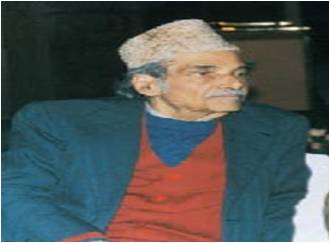
Thanks for sharing and
Thanks for sharing and compiling these!!Keep it up!